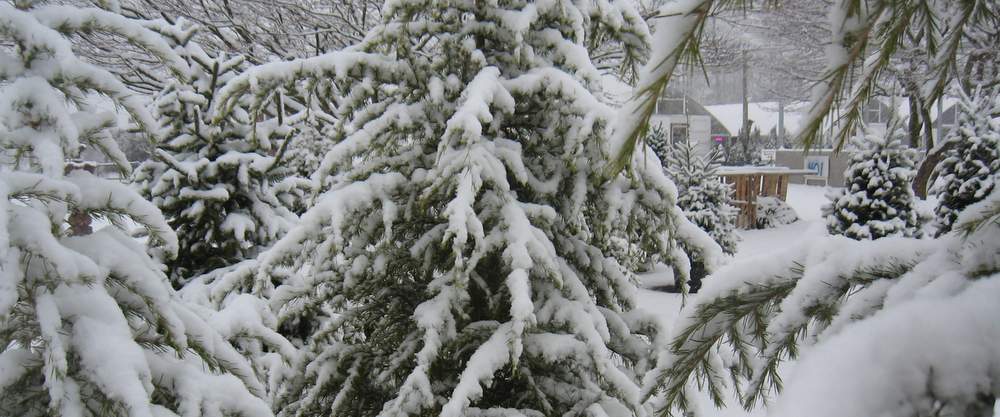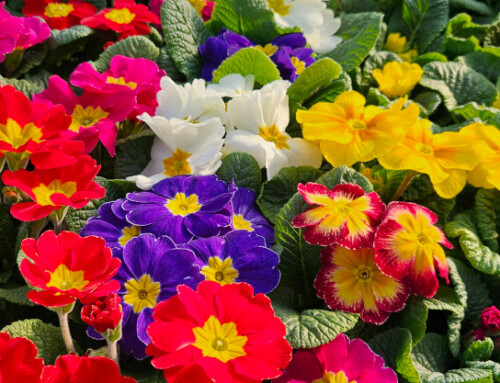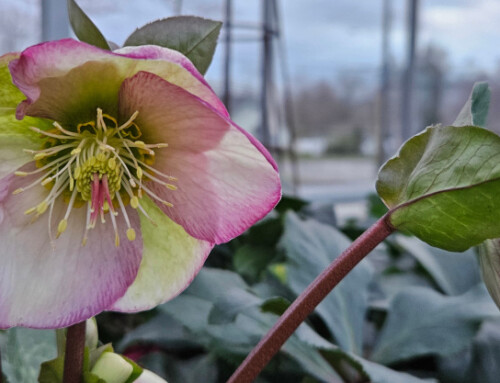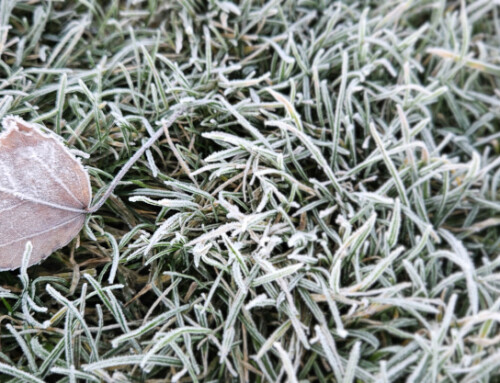In the last couple of years, we’ve come to associate winter in the Pacific Northwest with mild temperatures and minimal precipitation. This year is so far proving altogether different, and though we’re still a week away from winter’s official arrival, one look out your window will tell a completely different story. With the new season upon us, here are a few tips to keep your plants healthy and happy through a decidedly colder winter.
First, cold temperatures can be damaging to container plants. While prolonged cold temperatures can damage plants in the ground as well, those in pots and planters on your deck don’t have the benefit of the insulation offered by the ground, and are therefore much more susceptible to their roots freezing.
Now, this is not to say that any plants you’ve left out in the cold are toast. In fact, many conifers, perennials, shrubs and winter pansies in pots will bounce back just fine next spring. But, if you know you’re growing something tender or are simply unsure, there are a couple of steps you can take to give your plants a little bit of protection.
If you have the option of moving your containers indoors, bring them into an unheated space like a garage so that they continue to experience somewhat natural temperatures. If moving your plants into a garage isn’t feasible, choose a location on the south or west side of your home right up next to the house. Keeping your plants next to the house can offer slightly warmer conditions and the south and west sides will catch the benefit of the sun without the cold, drying northeast wind.
For additional insulation for containers, wrap the pots in bubble wrap or burlap. To protect tender foliage, burlap or even garbage bags can be used to cover the top of your plants and offer some protection from wind, which is often as damaging as or worse than the cold itself. Just remember that plastic bags also create mini-greenhouses around your plants, so either open the bags on sunny days or cut some holes in them for ventilation.
Secondly, snow can damage plants, especially if it falls in calm conditions. Like most people, I love the look of snow fallen in perfectly calm weather, piled up on tree branches and fence posts like a Norman Rockwell painting. Unfortunately, that type of snow can also do damage to plants with weak branches or lots of foliage that collects snow.
While you’re outside shoveling snow this winter, be mindful of any shrubs or trees weighed down with a load of snow. ‘Emerald Green’ arborvitae, commonly used in hedges, are one example of a shrub to watch. Although they’re resistant to snow damage, occasionally a branch will bend out under the weight of snow. Catch it early, shake off the snow and the branch will be fine. Left unchecked, though, the branch may get bruised or break, causing unsightly and otherwise preventable damage.
Finally, plants can dry out, even in winter. Yes, you read that right! While winter affords gardeners a break from most of our tasks, if you have anything growing in pots on a front porch or otherwise under the eaves of your house, you can’t count on rain—or snow—to take care of the watering for you. To be fair, plants may only need to be watered twice a month in winter, but that pot of winter pansies on your front porch won’t wait for you to think about it again next spring. So, be sure to water occasionally.
The austerity of winter brings with it both a unique beauty and set of challenges for gardening. Enjoy the refreshing change of a new season, and from my family to yours, have a blessed Christmas!








Leave A Comment